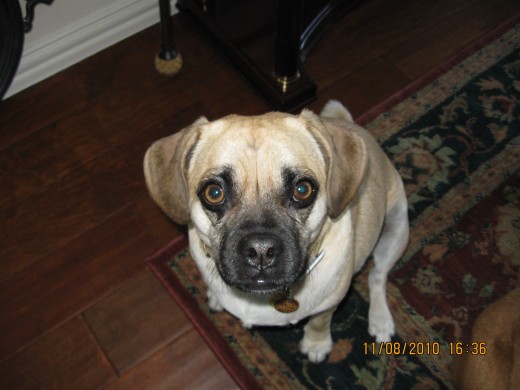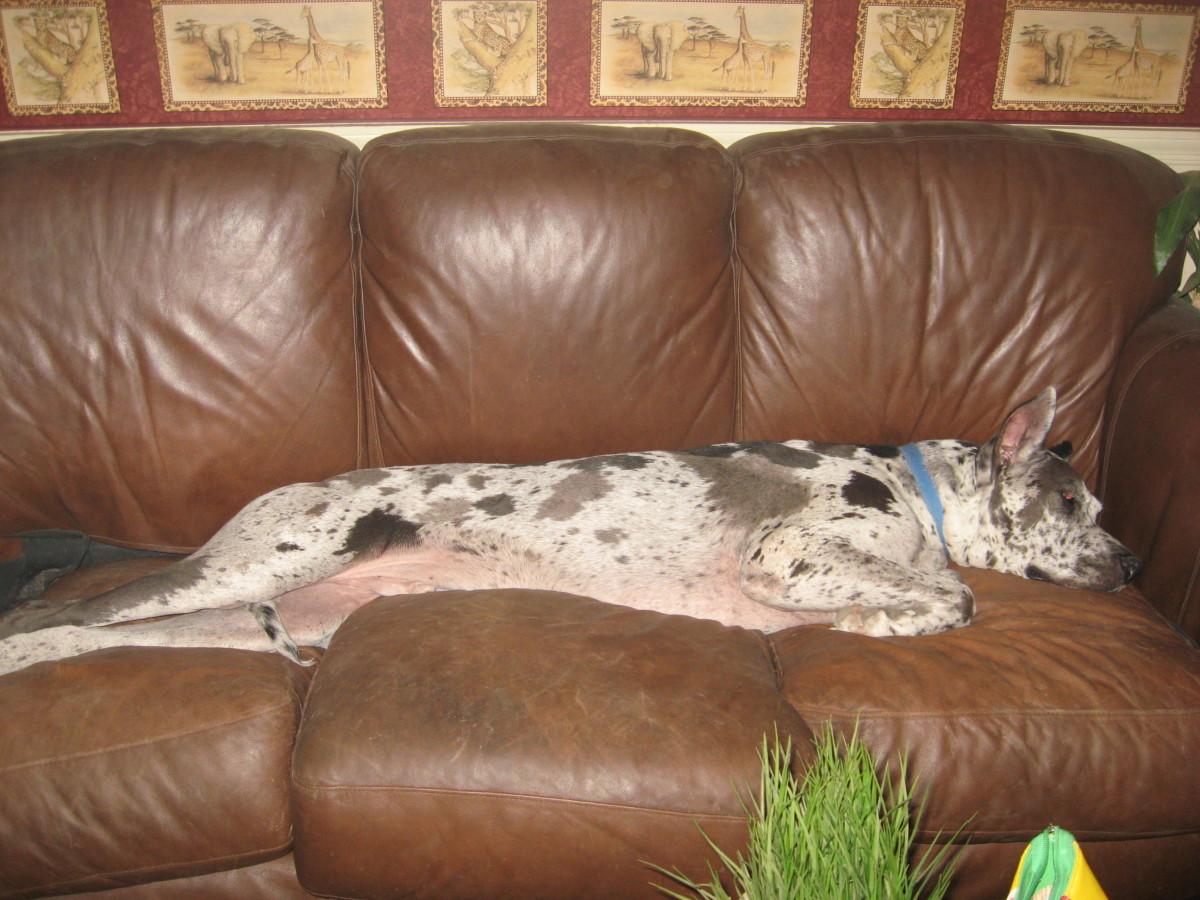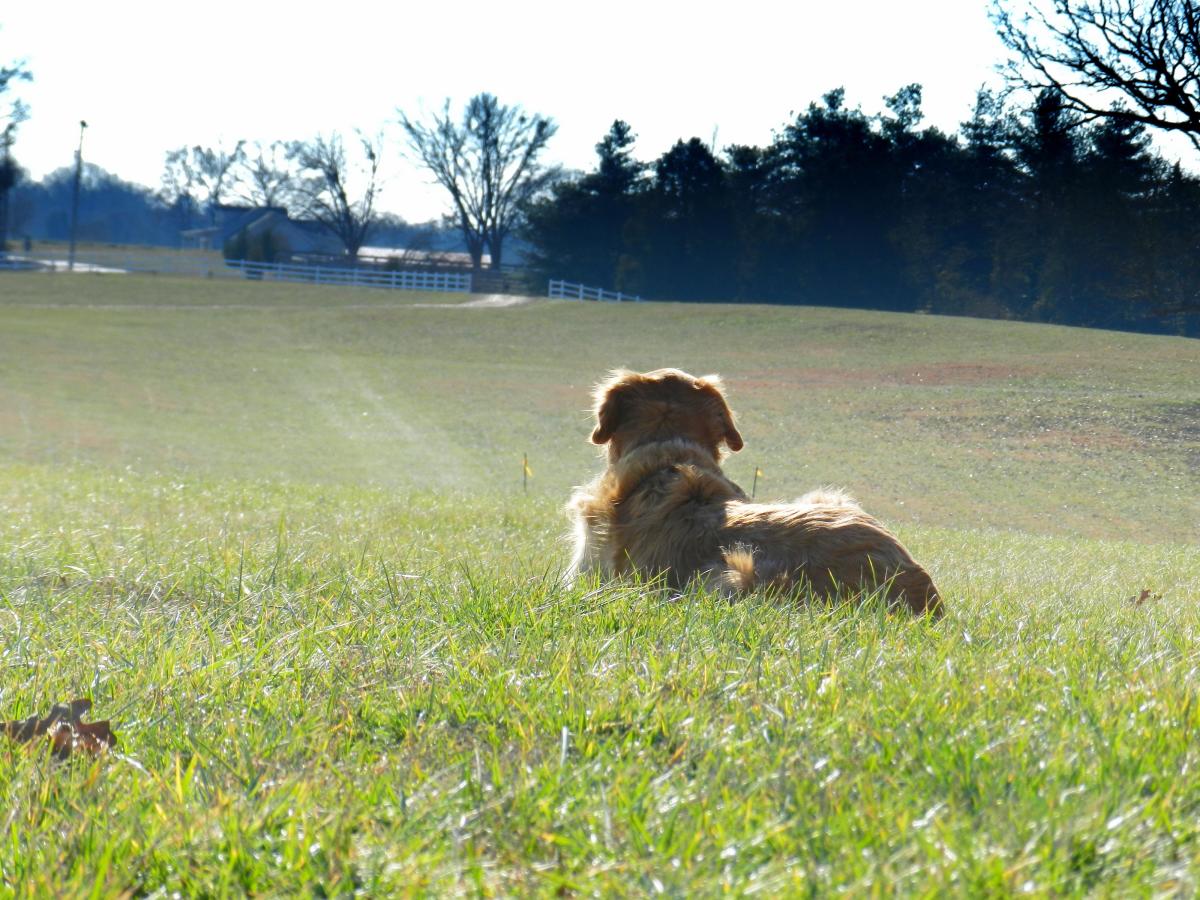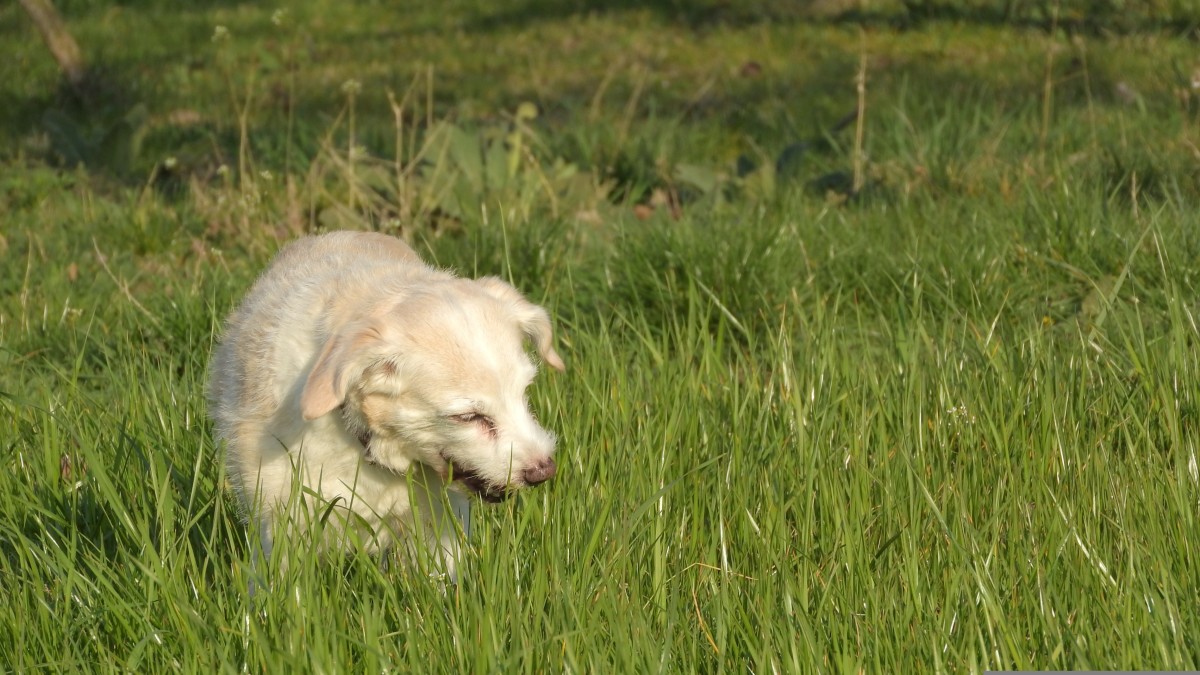Stop Your Dog From Territorial Markings In the House | Canine Twittering
Crate Training Helps to Control Behavior and Create a Safe Environment Your Pet can Depend Upon
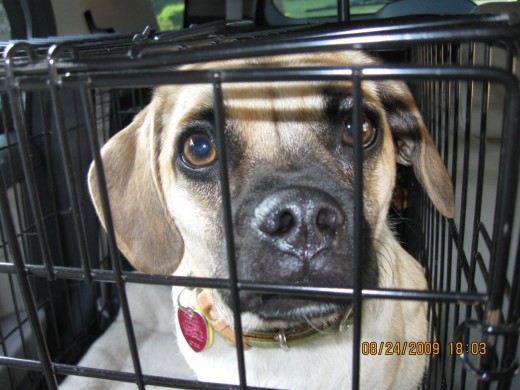
Marking Territory is actually Canine Twittering or Puppy Texting
Why does your dog mark territory? The answer is... simply to communicate to the next canine passerby. Marking with urine is actually a form of Canine Twittering or perhaps your puppy is territorially texting a message to the next dog entering this territory. Canines use scent in the highest form of canine communication to determine who is doing what and when. It seems that Canines have been using social networking for much longer than humans. Canines are extremely aware of their surroundings, much more than humans realize when we are out and about. So to learn why dog's mark territory in the house, we must first understand why and how the canine world communicates and determines "Who is Top Dog" in their hierarchy view of the canine societal behavior.
Canine Hierarchy is a Logical Social Order and Scent Management is the Tool
Dogs are social butterflies in nature, pack animals with a specific code of behavior that create a hierarchy in relationships. The social order is highly communicated with scent management.
Canines communicate openly to each other by leaving scent markers for numerous reasons kind of the same way that we twitter to anyone who passes by our tweet. Sniffing telltale scents can communicate just about everything a dog needs to know about the previous tweeter; such as age, gender, and social order to name a few. The canine tweeter is letting other dogs know that the territory may be defended. Usually the territory is redefined by the new visitor who leaves the message that the challenge is noted. The communication is brief though effective in canine twittering. A few drops and the canine tweeter is off to discover the next message. Sniff sniff sniff.
My large dominant female dog never marks territory in the house; however, she never misses the opportunity to leave her mark all over the surrounding neighborhood, a little here, a little there. Dogs that feel the need to be TOP DOG will mark more often than not. The instinctive feeling to protect what is theirs, is what actually affects marking behavior (that includes you and anything you own your favorite chair, your car, your pillow...getting the picture? The desire to be the ALPHA is also at work in the world of canines. Not only do they want to claim ownership of items by marking territory, they are trying to establish their ranking in the hierarchy. Until you (the owner and master) have made it perfectly clear that you are TOP DOG and call the shots, your canine will continue to challenge the hierarchy if they are a dominant personality. Some canines are only followers and are glad to let you lead even you are a passive personality or spoil them rotten making them king of the household.
Emily and Bella's Favorite Chair
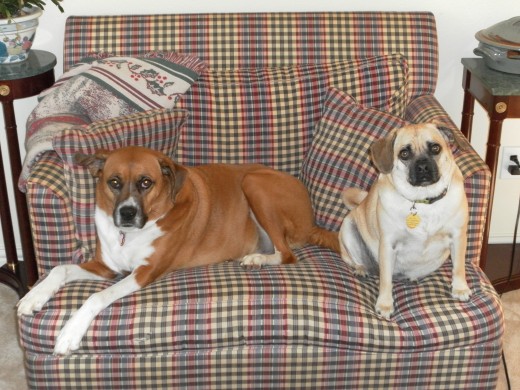
Reasons for Markings Inside the House
Canines communicate by leaving scent markers for many reasons. You have to decide the environment in your household that is causing your canine to mark territory inside the house. Here are a few reasons to think about
1. New Pets: Did you bring a new pet into the household: Dog, cat, bird, etc. Which causes the hierarchy to get challenged and redefined. When bringing a new pet into the hosue make sure everyone is getting equal attention and keep all the animals in total respect of each other. No chasing allowed!!!! Your pets do not want to loose ranking to a new member. New member are supposed to be subservient in their opinion. Unless of course it is a cat....they always rule!
2. New Items: Did you bring new furniture, bedding, etc into house that has smells from other people on it in which the canine will begin to mark to claim it for the family to rid it of scents from outsiders.
3. New Baby: If you have a new baby or another member of the family moves in with you...your pets can become jealous of the all the attention that this new member is getting. They feel they have lost position and start to mark in the house as a result. Make sure they get attention and feel safe and you should have no issues.
4. Move: I have moved many times with both cats and dogs and I have found that putting cats into a room and closing the door so they feel safe is a good way to control territory marking. keep them contained for a couple days with food, water and litter box. Let them expand as slowing as they feel safe and your life will be without markings.
5. Interruption in routine: Canines like a regular schedule. Feeding, walking, etc at the same times keep them feeling safe and relaxed. When things all the time and there is constant interruption in schedule or routine, whereas feeding and outside times are always changing, they cannot regulate to a schedule and become stressed out. Stressed out canines will likely mark inside the house. They will attempt to communicate, but we humans usually do not understand and punich the animal for doing what is natural for them.
6. Sick: There always exists a strong possibility that your dog is sick and is marking places in the house to communicate this fact. I had a dog that could not hold her urine due to cancer and she began to mark various places in the house trying to hide the fact that she marked in the house. If your dog is housetrained and begins to mark in the house....it is good to rule out sickness.
7. Separation Anxiety: This happens mostly with immature pets that have not learned to be alone without stressing out. Crate Training can help with the anxiety. Never crate a pet out of punishment or spank an animal and then put it in the crate. The crate should be a safety zone. A safe place to go for stress reduction. Our Emily loved her crate, we just left the door open and she slept in their every night until she got old enough where we did not use the crate any longer and disassembled it. She now enjoys her own bed pillow. Though, I will admit, as soon as my husband gets out of bed in the early morning she jumps up and snuggles right into his pillow. Yes, she is a daddy's girl but spoiled in a good way.
8. Marking where other Canines Have Marked: If you have a canine that marks inside the house, other dogs may do so as well. There are some products that help mask the scent. Cleaning well as soon as finding the area being marked is very important.
Training Pads Are Fabulous
Tips for Behavior Modification for Marking Territory
- First on everyone's list is early neutering:
- Limit area to eating and bedding area or to a crate while training behavior.
- Wash new bedding, spray new furniture, etc with familiar scents.
Puppy Training is different than Territorial Marking
Puppy House Training is different than territorial marking. Puppies like small children have to urinate frequently like as soon as they wake up, after a romping activity, and after they eat or drink. They do not have the ability hold their urine like mature dogs and usually can only take a few steps before having to relieve themselves. When we rescued Bella at 8 weeks old, she was so small and had no real ability hold her urine. When she had to go...it was right NOW. We took advice from a friend and used puppy p-pads while housetraining. I was skeptical at first, but the p-pads worked great. The puppy smells the scent in the pad that humans cannot smell so there are no offensive odors. Bella would wake up from a nap and go right to p-pads all the time. I placed the pads in close convenient places so there would be no problem for her to get to it in time. As she progressed the p-pad was only at the door. I took her outside regularly especially after playing and eating. The p-pads were a blessing at night or if I didn't get the message in time. Eventually within a few months, she didn't want to urinate inside the house at all. To this day, I have only witnessed a few accidents and both were my fault for not getting home in time after work. She learned early that she wanted to go outside to do her business and I praised her heavily when she did. She never marked the furniture or anywhere inside the house once she learned that outside urination was the cool thing to do.
Bella was only crated for a short time....she learned well from Emily
